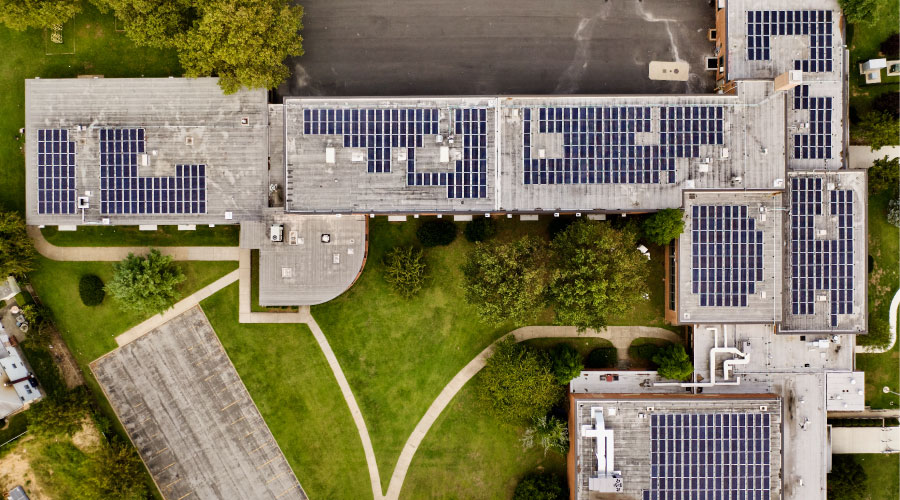Successful Leak Detection Combines Patience, Skill and Knowledge
Finding roof leaks in institutional and commercial buildings can be time-consuming and frustrating. Seldom does the leak's point of origin stand up, identify itself and wave a white surrender flag. It often takes several attempts to identify and repair the breach that is allowing the water to enter the building.
Maintenance and engineering managers can undertake this challenge by developing and implementing a systematic approach to leak detection and repair.
The Inside Story
In most instances, a roof leak first identifies itself as a water spot on the floor or a wet ceiling tile. It is important for future reference to mark these spots with tape or a marker. Amazingly, the exact location of a leak can become vague and hard to identify even a few hours after the leak stops.
The best time to chase a leak is when water is still flowing. After it dries, staining might exist, but following the water path generally is easier when it is still wet.
The first step in leak detection is to find the point at which water exits the roof system and becomes apparent inside the building. To do this, the worker performing the inspection might need to remove ceiling tiles and access spaces above piping and ductwork. Successful detection requires close access to the bottom of the roof deck and enough light to illuminate the area.
Once the inspector locates the water's interior exit point, the next step is to locate the point of the leak. The inspector can determine the distance the water travels inside the roofing system by using a tape measure or counting paces from exterior walls, roof drains, or other roof penetrations that are easily identifiable from inside and outside the building.
Here is the first potential hurdle in the process: It is not uncommon for a leak to travel many feet within a roof system or on a roof deck. In such cases, the interior water exit point might be several feet from the rooftop water entry point.
To determine direction the water traveled and to visually examine the moisture path, the inspector might need to drill holes in the metal deck ribs or remove roofing materials. When doing so, it is prudent to start at the interior water exit point and work backwards — up the slope — until it is possible to accurately locate the point at which the water entered the rooftop.
Related Topics:














